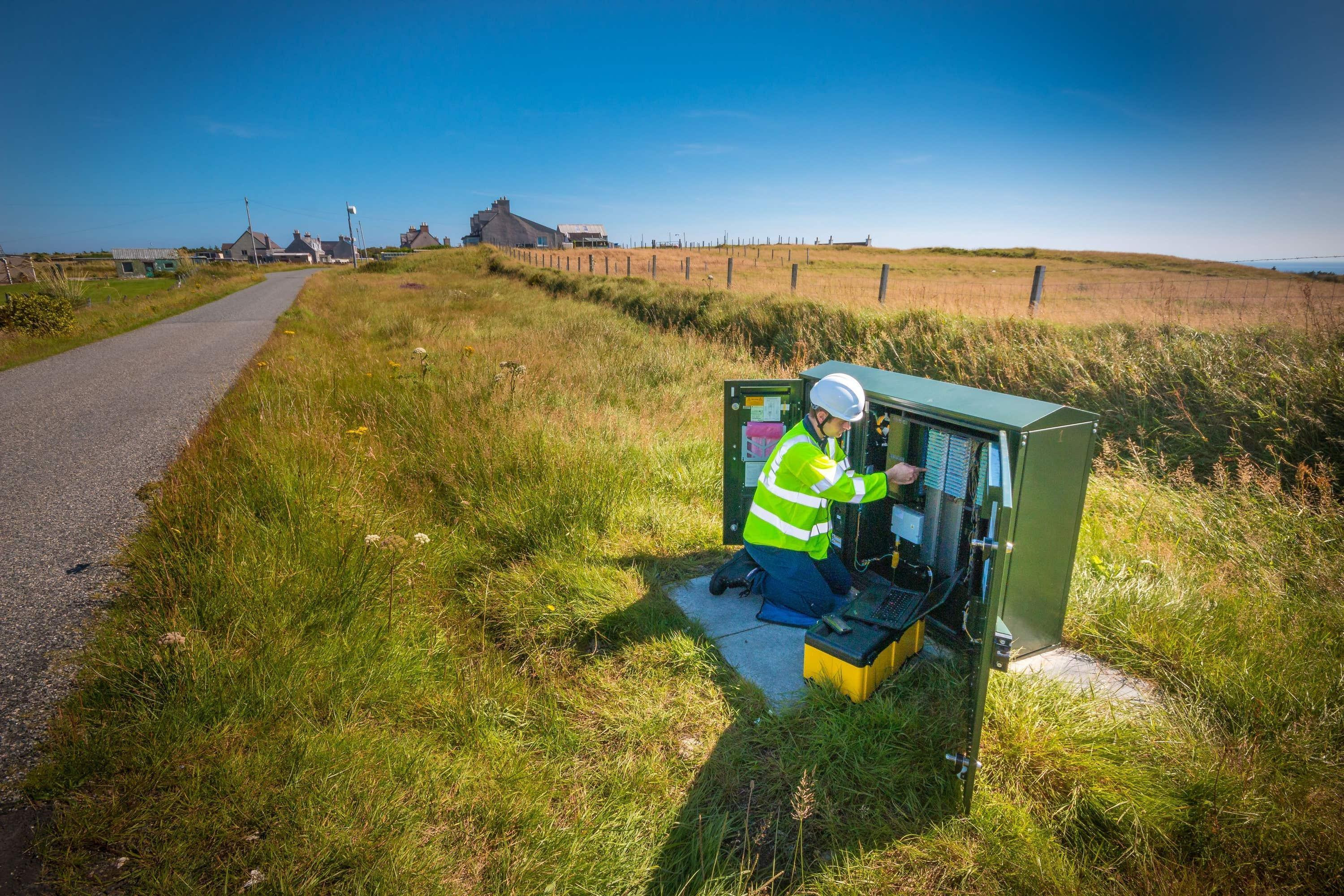What are street cabinet EV chargers and what do they do?

You may have seen some news recently about old street electrical cabinets being turned into charging points for electric vehicles. It’s a process which could quickly and easily upgrade the UK’s infrastructure, unlocking thousands of new charge spots in some key locations.
But what are they, how do they work and will they make a difference for EV owners? Here, we take a look at some of the key points to think about.
What are the plans for the old street cabinets?
Essentially, the project - which is operated by BT Group - is looking at repurposing the old street cabinets which used to house old electrical and telephone cabling into handy electric vehicle charge points.
The pilot scheme was first unveiled earlier in the year propr to the CES technology convention in Las Vegas, where it was recognised as a key innovative champion for design and engineering.
How will the old cabinets be converted?
BT Group plans to upgrade end-of-life green street cabinets that would otherwise be dismantled and taken away into EV chargers in order to extend their usefulness. These cabinets are often placed in key locations, too, which means that the switch would provide good access to charging for drivers.
Plus, because the old units still have all the relevant cabling already installed, there’s not much upgrading required to turn them into electric car chargers.
Have any been created so far?
Yes. In fact, the first charger - which will be used to kick off an initial pilot scheme of installations - has already been put in place. Residents in Haddington, East Lothian, can now charge their EVs for free with a street cabinet.
While the plan isn’t to make these chargers free forever, the unit in East Lothian is being set to provide no-cost charges until May 31 for local residents to help promote its usage.
How many could be installed?
At present, the scheme is just being run as a pilot to work out its feasibility. However, the BT Group believes that the pilot could result in up to 4,800 BT-owned street cabinets converted into charging points in Scotland alone.
Given the widespread nature of the older green boxes, there’s scope for many thousands of units to be upgraded across the country.
How has the wider industry responded?
Transport Secretary Fiona Hyslop, who was there to switch on the first charger, said: “This is an exciting and innovative development in the provision of electric vehicle charging so I’m really pleased that the first trial in the UK is taking place in East Lothian.
“This government is committed to supporting people to make the switch from petrol and diesel vehicles, and our vision for Scotland’s future public EV charging network highlights the need for private sector finance and delivery to build on our significant investment in the network to date.”
“I’m really looking forward to seeing more partnerships working like this as we continue to help people in Scotland to make greener transport choices.”
Edmund King, AA president, welcomed the scheme, which his organisation has called for.
He said: “We are delighted that this initiative is being piloted across Scotland.
“We also need to see more charging at supermarkets, local authority premises and even schools to allow residents without off-street parking to charge at night.
“This could also generate income for local authorities.
“The EV transition has started and a host of innovative charging initiatives are needed to keep it on track.”


















